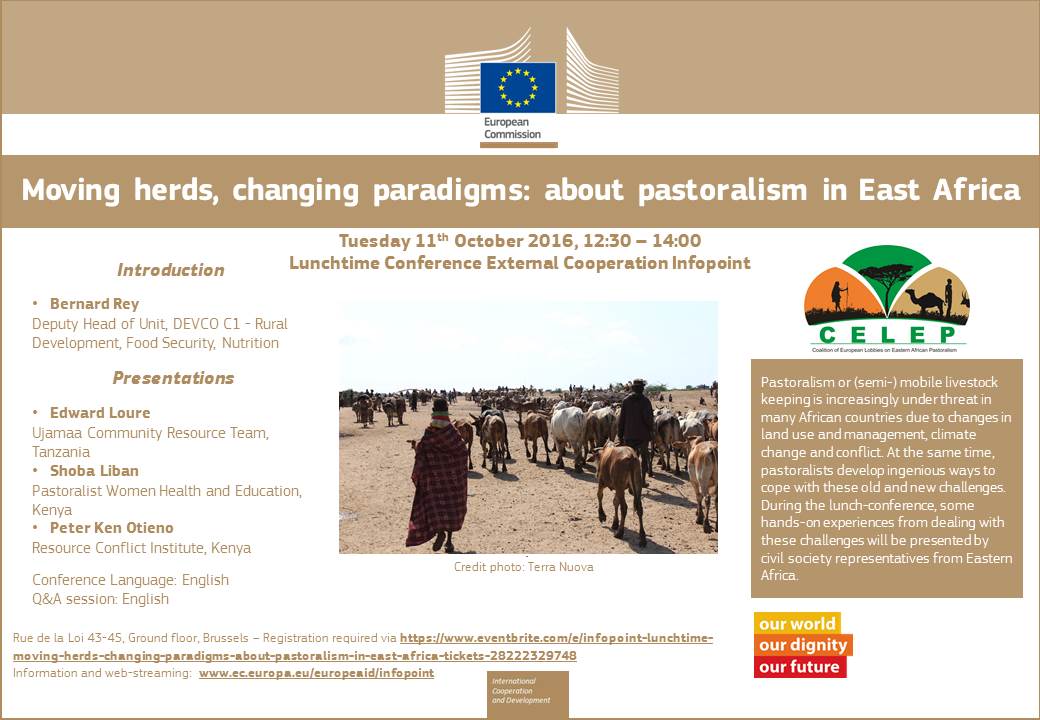16 September 2016. A new study on emissions (Methane and Nitrous Oxide Emissions from Cattle Excretaon an East African Grassland) contributed by cattle challenges the IPCC's estimates, triggering a call to incorporate data from local livestock systems.
Scientists at the International Livestock Research Institute (ILRI) in Nairobi, Kenya, have found that African livestock emit as much as two times lower than the IPCC estimates. The study found that as compared to IPCC’s estimates, faecal methane emissions are two times lower, 10-20 times lower for faecal nitrous oxide (NO2) and two times lower for urine NO2 (see ‘Inflated?).
The study is significant as nearly 65 per cent of Africa’s population derives its livelihoods from farming, livestock and freshwater fisheries. According to IPCC estimates, though livestock emissions account for only nine per cent of global carbon dioxide (CO2), it generates 65 per cent of human-related nitrous oxide and 35 per cent of methane, the global warming potential of which is 296 and 23 times that of CO2 respectively.
The scientists measured GHG emissions from livestock waste in Kenya, using two common breeds of cattle—the native Boran and the exotic Friesian. They studied whether diet could affect emissions in any way. Cattle were fed different diets, consistent with those frequently used in smallholder farms in east Africa. The researchers then used these locally derived factors to estimate emissions. The findings were published in the peer-reviewed Journal of Environmental Quality in June 2016.
Scientists at the International Livestock Research Institute (ILRI) in Nairobi, Kenya, have found that African livestock emit as much as two times lower than the IPCC estimates. The study found that as compared to IPCC’s estimates, faecal methane emissions are two times lower, 10-20 times lower for faecal nitrous oxide (NO2) and two times lower for urine NO2 (see ‘Inflated?).
The study is significant as nearly 65 per cent of Africa’s population derives its livelihoods from farming, livestock and freshwater fisheries. According to IPCC estimates, though livestock emissions account for only nine per cent of global carbon dioxide (CO2), it generates 65 per cent of human-related nitrous oxide and 35 per cent of methane, the global warming potential of which is 296 and 23 times that of CO2 respectively.
The scientists measured GHG emissions from livestock waste in Kenya, using two common breeds of cattle—the native Boran and the exotic Friesian. They studied whether diet could affect emissions in any way. Cattle were fed different diets, consistent with those frequently used in smallholder farms in east Africa. The researchers then used these locally derived factors to estimate emissions. The findings were published in the peer-reviewed Journal of Environmental Quality in June 2016.
 |
| David Pelster (right) |
“In Kenya and most African countries, we have wet, dry, cool and hot seasons, and this changes the kind of feed that animals consume in different seasons. Hence, the amount of emissions in cattle manure varies. Animals used to low-quality feed tend to develop highly-efficient digestive systems to get the most out of the food,” says Pelster.The researchers blame the discrepancy in the “Tier 1” model used by the IPCC to calculate emissions, which is primarily based on studies carried out in Europe and North America. “The conditions under which livestock are reared in Europe, the feeds, climate and breeds most probably have led to this inconsistency,” says David Pelster, lead author of the study.
Related: ILRI News 17/06/2016 Kenyan cattle found to have much smaller faecal carbon footprints than those used in climate change inventories
InfoPoint Lunchtime: Moving herds, changing paradigms
Pastoralism or (semi-) mobile livestock keeping is increasingly under threat in many African countries due to changes in land use and management, climate change and conflict. At the same time, pastoralists develop ingenious ways to cope with these old and new challenges. During the lunch-conference, some hands-on experiences from dealing with these challenges will be presented by civil society representatives from Eastern Africa.
- Introduction: Bernard Rey, Deputy Head of Unit, DEVCO C1 - Rural Development, Food Security, Nutrition
- Edward Loure: Ujamaa Community Resource Team, Tanzania
- Shoba Liban: Pastoralist Women Health and Education, Kenya
- Peter Ken Otieno: Resource Conflict Institute, Kenya


No comments:
Post a Comment